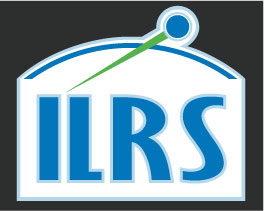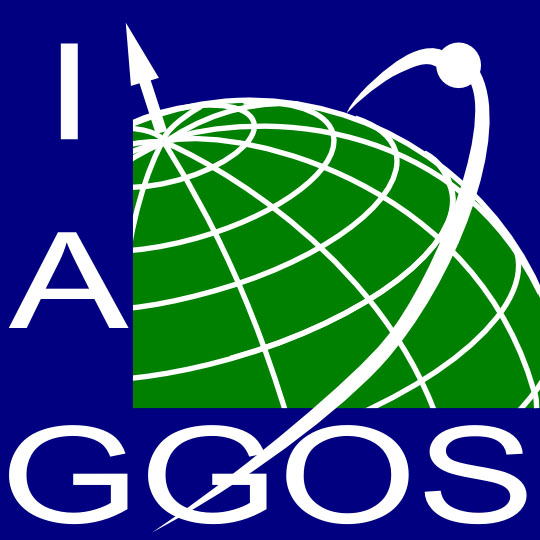Future Missions
| Satellite Name | Sponsor | Exp.Life Time | Purpose | Launch Date |
|---|---|---|---|---|
Approved by ILRS for Future SLR Tracking |
||||
| e-kagaku-1 | The e-kagaku Association of Global Science and Education, Japan | Up to 1 yr | Education of junior-high and high school students, fostering space engineers of next generation. Involving a wide range of age groups in project-based learning. Establishing learning methods for satellite systems. Another objective is demonstrating SLR using mini-Mt. FUJI retroreflectors. Conducting orbit analysis by laser ranging, and publishing high-precision orbit information for the first time as a CubeSat. |
Mid-September 2025 |
| EPSILON-S | JAXA | Up to 5 Years, but SLR ranging will only be performed for a total of 2 weeks. | The Epsilon S is a Japanese Solid Propellant Rocket specialized in carrying small to micro level satellites, and developed by JAXA and IHI Aerospace Corporation. SLR reflectors will be mounted on this PBS to determine its orbit and estimate its attitude motion from the ground. This is the first experiment in the world in which any SLR reflector is mounted on the upper stage of a launch vehicle to determine the orbit, and the first trial in the world to use SLR to estimate the attitude motion and improve re-entry prediction. | TBD |
| Ex-Alta 3 | University of Alberta (AlbertaSat Student Group), CANADA |
Up to 1 yr | Ex-Alta 3 is a 3U CubeSat with two primary scientific payloads, each with a scientific objective:
|
June 2026 |
| HTV-X | JAXA, Japan | 1 yr | HTV-X is the new unmanned spacecraft as the successor to the "Kounotori" (HTV). The main mission of the HTV-X is transporting cargoes to the International Space Stations (ISS). After departure of the ISS, there is technical demonstration phases to verify three different missions in orbit. Mt.FUJI mission is one of the missions and it is related to the Satellite Laser Ranging (SLR). The goals of Mt.FUJI mission are: (1) to verify JAXA developed SLR reflector (named, Mt.FUJI) in orbit, (2) to evaluate the accuracy of SLR-based attitude estimation using true data (telemetry of HTV-X), (3) to evaluate the accuracy of GPS receiver positioning by comparing with SLR data. SLR will be used to verify JAXA developed SLR reflector by detecting return light. Then, SLR will be used to obtain sufficient data to perform orbit determination and SLR-based attitude estimation, to evaluate the accuracy of the GPS receiver on HTV-X and quantitatively evaluation of SLR-based attitude estimation by comparing true attitude data (HTV-X telemetry). |
October 21, 2025 |
| MSS-1A | Macau University of Science and Technology, China | 5 yrs | Survey the Earth’s geomagnetic and space environment | May 21, 2023 |
| Sentinel-6B | Multi-agency | ≥ 2030 | Sea level monitoring & ocean surface topography | November 2025 |
Future Satellites with Retroreflectors |
||||
| CRISTAL (Copernicus polaR Ice and Snow Topography ALtimeter) | EU/Copernicus, ESA | 2035 | Measure and monitor sea-ice thickness and overlying snow depth | ≥ 2027 |
| ETS-9 | MEXT, JAXA, MIC, and NICT | 16 yrs | Engineering Test Satellite. Achieve next generation geostationary satellite communication. | 2025 |
| Galileo (2nd Generation) | ESA | ≥ 10 yrs | Second generation satellites for the Galileo GNSS system. | Starting in 2024 |
| GENESIS | ESA | Colocation of the four space geodesy techniques (GNSS, SLR, VLBI, DORIS) in space. | 2028-2029 | |
| GPS IIIF | DoD, DoT | 15 yrs | Provide improved positioning, navigation & timing. Colocation in space (SLR & GNSS). | TBD 2026+ |
| GRITSS (Geodetic Reference Instrument Transponder for Small Satellites) | NASA | ∼ 1 yr | Accurately tie collocated VLBI, SLR and GNSS systems to improve the Terrestrial Reference Frame.. | June 2026 |
| HY-2E, 2F | National Satellite Ocean Application Service (NSOAS), China | ≥ 3 yrs | Oceanographic remote sensing satellite with a radar altimeter and other instrumentation | 2027-2030 |
| Lunar Pathfinder | ESA/NASA | Navigation support in lunar orbit with a lunar laser retroreflector | 2026/Q4 - 2027 | |
| GRACE-C | NASA/DLR | ≥ 7 yrs | Monitor mass change in the Earth system. Continue GRACE, GRACE-FO time series of data. | 2028 |
| MAGIC (Mass change And Geosciences International Constellation) | ESA, NASA | ≥ 4 yrs | Form a Bender constellation with the Mass Change mission (NASA/DLR) to monitor mass change with higher temporal & spatial resolution. | 2031-2032 |
| NASA CLPS (PRISM) CP-11 | NASA, ESA | MoonLIGHT Pointing Actuator (MPAc), a Next Generation Lunar Retroreflector (PI. Marco Muccino). onboard the Intuitive Machines Lunar Lander to Reiner Gammer | ≥ 2024 | |
| Sentinel-3C | EU/Copernicus, ESA, EUMETSAT | ≥ 2031 | Ocean surface topography measurement & ocean observation | 2024 |
| Sentinel-3D | EU/Copernicus, ESA, EUMETSAT | ≥ 2035 | Ocean surface topography measurement & ocean observation | 2028 |
Related information
- Proposed but not implemented missions




